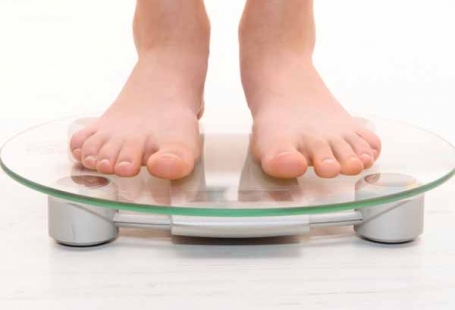Even in an age of increasing tolerance toward marijuana, it is still illegal in most states, so it is prudent to understand trends among law enforcement in a given area before making investments. There is no condoning breaking the law, and even some places where the law allows for possession, rules concerning growing your own plants may not be very accepting.
When it comes to having marijuana, there really is no better option that growing your own. Like with most things you do yourself, it is easy to control the price and the quality and create exactly what you want. There is no downside to having a clean strain of exactly what you want that is chemical free and available when you need it.
Concerning whether to grow indoor or outdoor depends on various factors, such as weather in the location. Indoors is the most controlled environment and basically the easiest way to guarantee a good yield year round.

There are three main things you need to have a good understanding of to start growing indoors: soil, lights and seeds.
Soil
High quality soil is the most significant aspect of growing any plant. Something sterile and free of parasites will protect the plants from being eaten alive. The soil pH should be between 6.5 and 7.5, which will not be very acidic, otherwise the plant will tend to be predominantly male and not produce buds. Moss in the soil mixture will provide extra moisture and nutrients, which will make the plants very happy. Also, a good draining soil is a must and will feature sand and/or spongy rock. The types and ratios of nutrients is very important, so do your homework.
Lights
Several types of lighting options exist. Fluorescent lights are very cheap, but also inefficient for the purpose of growing due to low intensity. High intensity discharge lights have traditionally been the best suited for growing marijuana. They are relatively cheap and produce high yields, but they also can get very hot. LED lights are gaining popularity and boast several major benefits. They are ideal when it comes to small size and space needed and are the most energy efficient. They also are good for implementing different colors for different stages of growth. Red and orange lights specifically pump out higher wattage light for flowering plants. LED lights don’t let off much heat, so they can be placed close to plants, which is significant when dealing with tight quarters.
The cost for LED is quite a bit higher than more common fluorescent bulbs, but take consolation in the fact that LED lamps last about twice as long as CFL, so changing them is almost a non-issue. The electricity and tools used to grow marijuana can be pricey, but in any case the entirety of the process will be significantly less expensive than buying off the street.
Seeds
This is the part a grower will want to study deeply to determine exactly what kind of plant they desire. To start with, the color of the seed means a lot. A very dark seed is liable to be old and crush easily. They may not germinate very well or at all. Green or white seeds are usually immature and won’t be ready to sprout. Waxy, shimmery seeds are the perfect stage to start growing.
It’s possible to germinate seeds from a purchased bag of weed, but with thousands of different strains available it’s much better to buy specific seeds ready for planting. Some seeds are chemically treated for ideal effects that induce them to become female or autoflower at a certain stage. Seeds need to be sprouted in dark, moist and warm places. Turn the lights on only after the process has begun. The method of germination depends on the seeds, strains and the system you are using. This takes some finesse and a good understanding of the desired outcome.
Other Factors
Carbon filters can be used for controlling the smell, fans for pulling heat away from the plants and tents for containing the energy all help controlling a grow to a person’s liking and are pretty much universal tools that every grower is going to want to use. A timer is indispensable to use with the lights in order to mimic the patterns of sunlight. In general, all the tools and tricks for growing indoors is to mimic actual seasons and times of day. That is why starting with moist soil and letting the plant grow into longer, brighter days will mimic the change from spring into summer.
In total, a harvest should take about 4 months in soil. The timeline can be sped up considerably if growing hydroponically and will also create more potent strains. It’s not really much harder to grow hydroponically, but it requires a different set up and it is probably wise to gain a good understanding of growing in soil before growing anything too fancy. Grow Weed Easy is one website that contains a lot of information for beginning gardeners to gain deeper knowledge of how to attain a successful yield.
Knowing the limits of what the law allows will help gauge how much investment will be required. Even in states with legal recreational weed, there are limits. In Oregon, for example, one residence can have up to four plants. Limiting a number of plants to four is not beneficial to many farmers, particularly when they want to cultivate different strains. In California, for example, the law is confusing and the police and prosecutors may not be as nice as the law. So, even where you think things are accepting, it is not necessarily the case.
It should go without saying that no matter where you grow weed, it’s prudent to do all the homework. Records of techniques and yields and other business transactions will be necessary from grow to grow. However, potentially incriminating evidence should not be stored in the cloud. Offsite server with encryption is probably the best bet. Not that you need to feel like a gangster, but you should respect the tenderness of the burgeoning movement.




